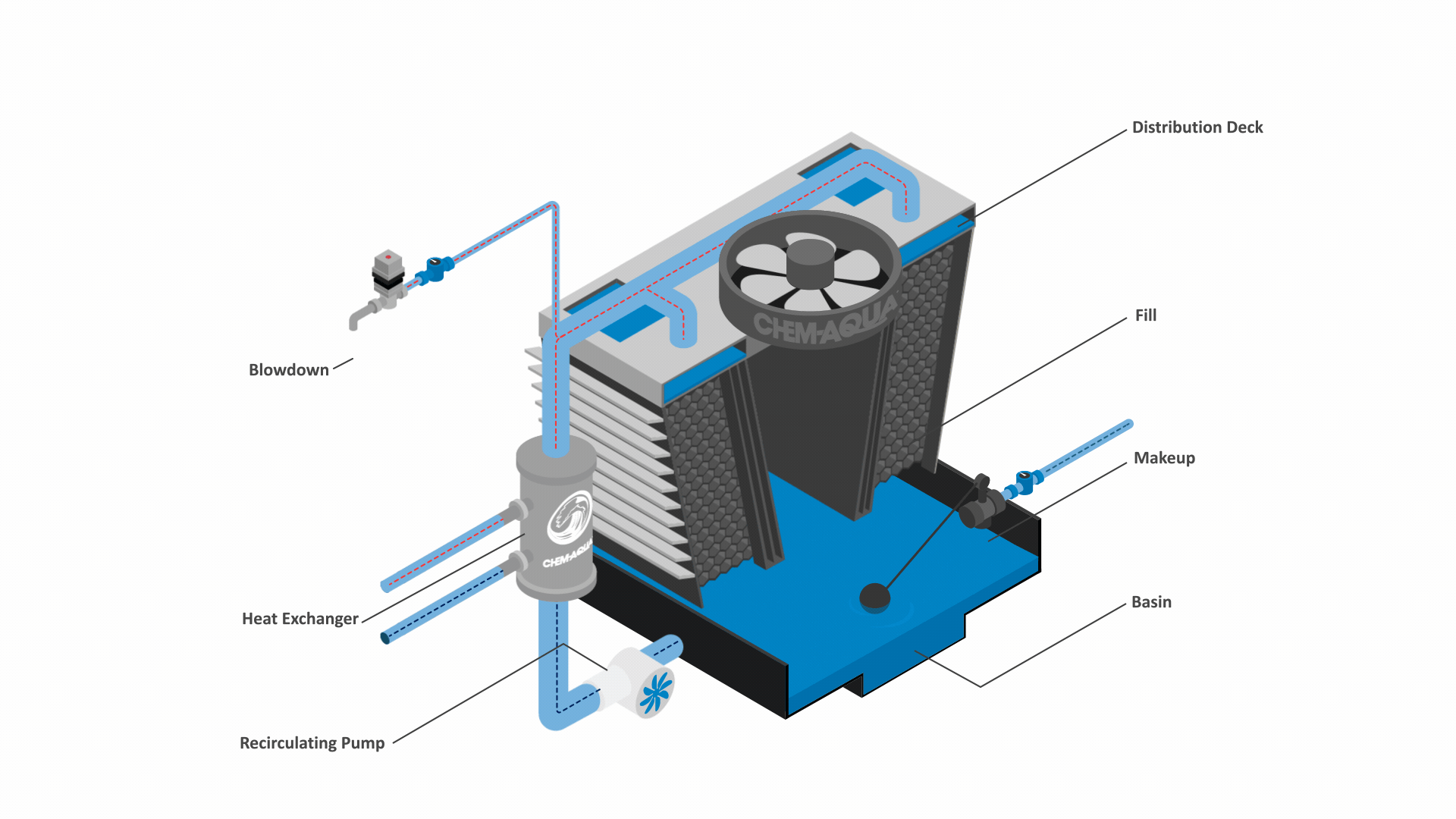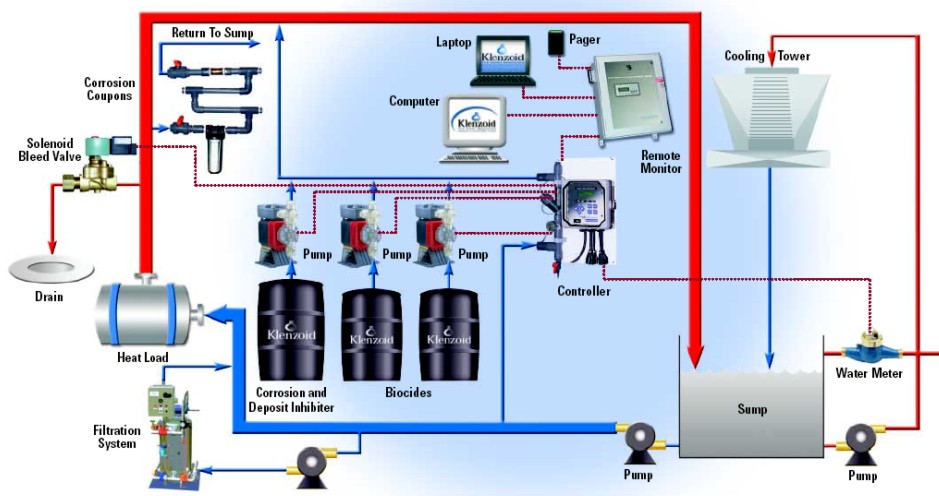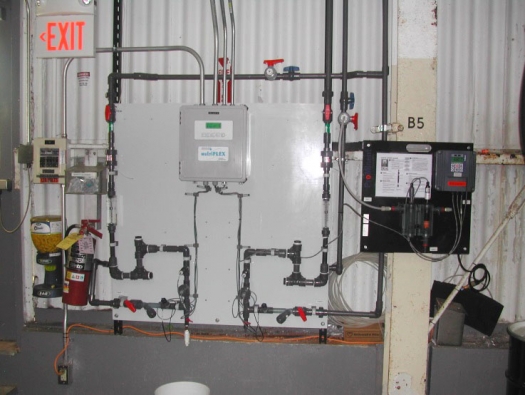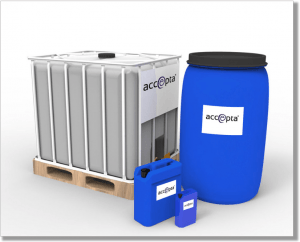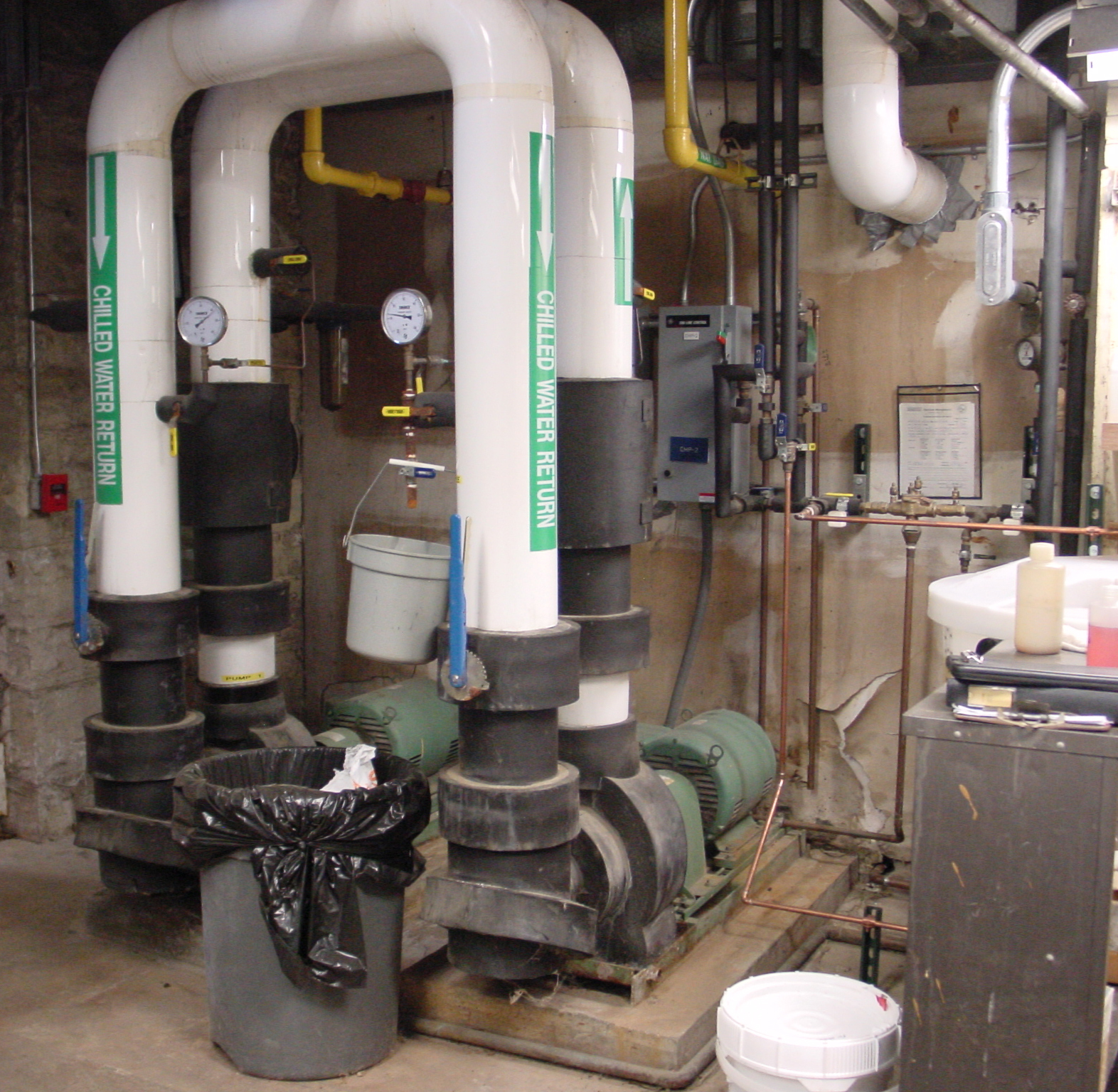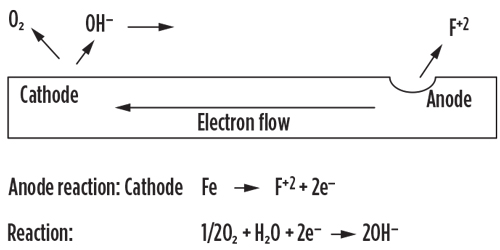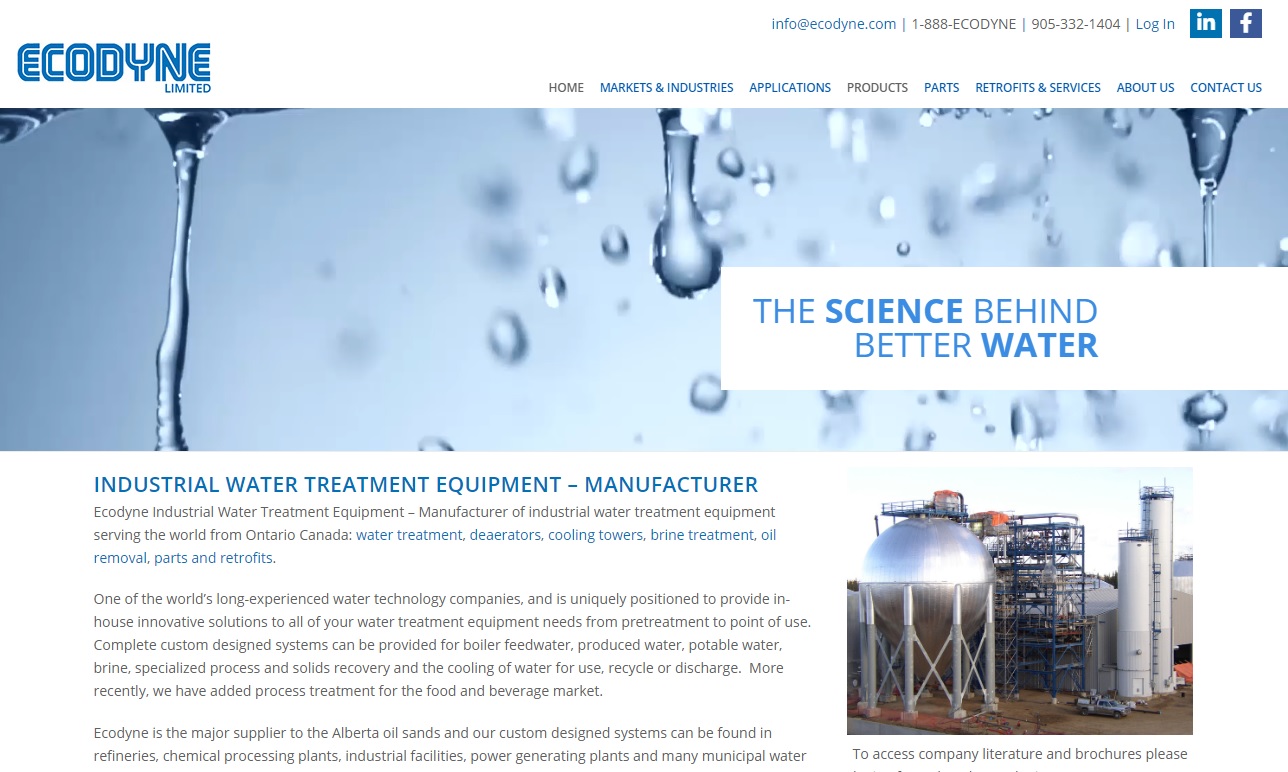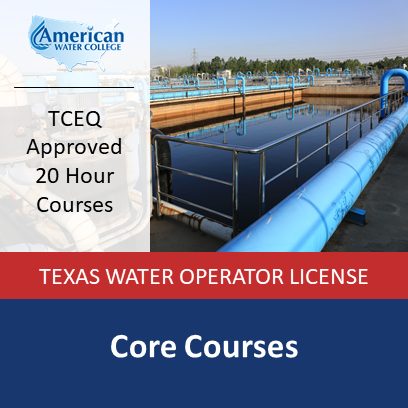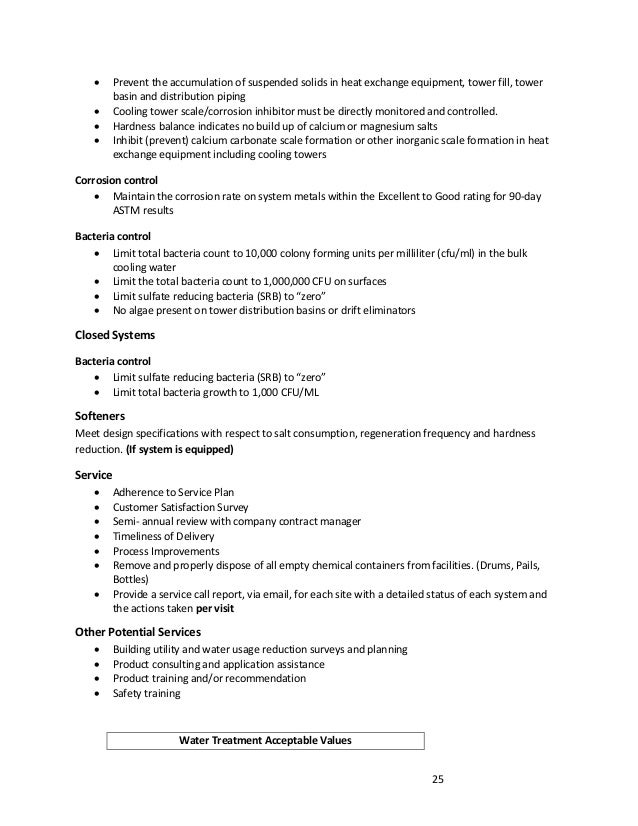Cooling Tower Water Treatment Training
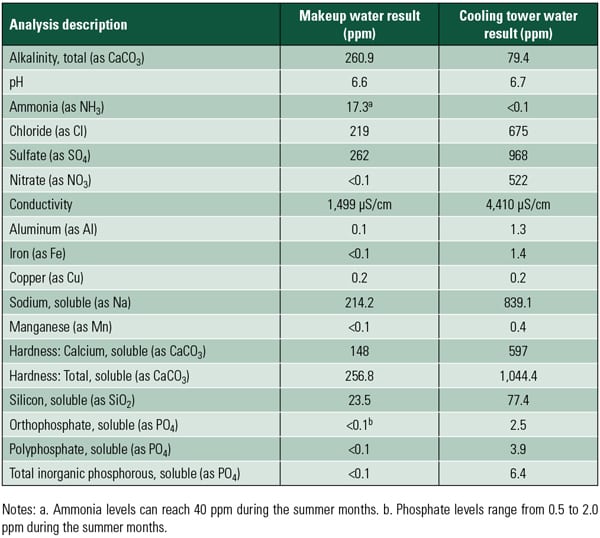
Issue 11 and volume 120.
Cooling tower water treatment training. Combined cycle power plants have become in large measure the de facto replacement for the. Cooling tower water treatment. Watertech u hosts training sessions on a wide range of topics to include water chemistry mechanical system operation and maintenance and best practices in commercial and industrial water treatment. Cooling tower water problems solutions.
The course is designed for plant operators water treatment service engineers facilities managers maintenance and engineering contractors and those with responsibility for commercial and industrial cooling towers and other cooling systems. In this section we have broken down the cooling tower water problems solutions webinar video that was presented by puckorius associates last april 13 2011. The title and description of each clip is provided. Cooling is accomplished through the latent heat of vaporization.
Work with your cooling tower water treatment specialist to maximize the cycles of concentration. The basics of cooling tower water treatment the basics of cooling tower water treatment the purpose of a cooling tower is to remove the heat generated by an hvac system cooling of compressor refrigerant and heat generated by the compressor itself. Typical candidates benefiting from wts 0020 will be in field water treatment technicians and water treatment service engineers wishing to improve their technical skills and extend the range of services they can offer associated with industrial water treatment covering steam generating plant boilers cooling water systems including cooling towers and closed system water circuits. Wts 0050 cooling water systems evaporative cooling is an intensive one day cooling water training course developed by the industrial and process water treatment specialists at wts.
There is a total of 12 videos in this training. Increasing cycles from three to six reduces cooling tower make up water by 20 and cooling tower blowdown by 50. Many systems operate at two to four cycles of concentration while six cycles or more may be possible.

